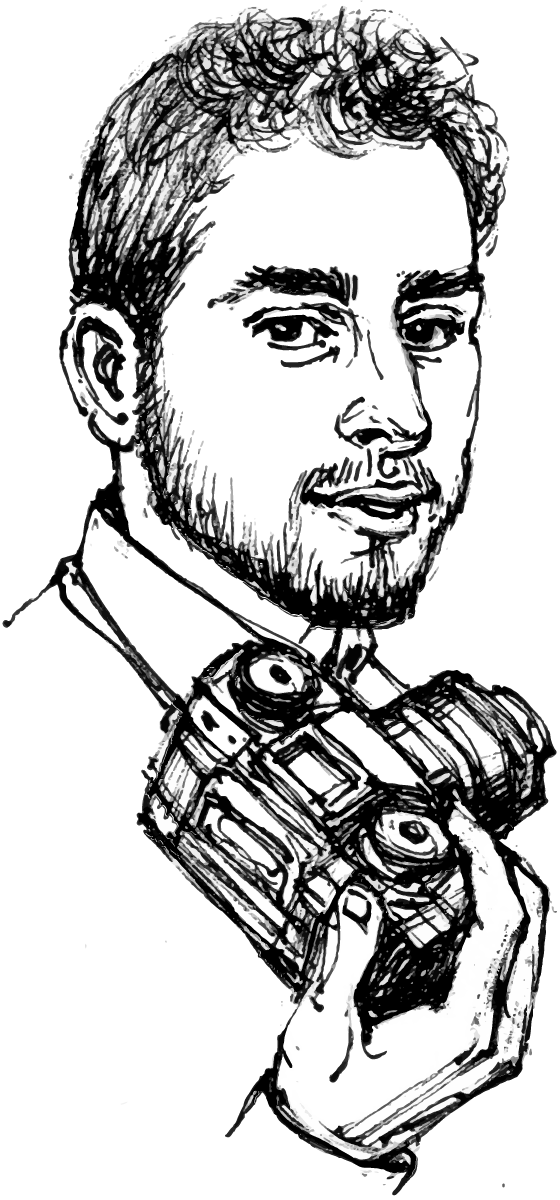Hive

In one of my data visualisation classes, I was given a brief to design an interactive data visualisation designed to encourage sustainability at UTS and specifically within one of the new buildings. In responsive to the brief, I created an interactive design for a mobile application called Hive. The premise was to encourage users to be more sustainable by gamifying sustainable practices within UTS Building 11. To demonstrate the concept I built a website with an interactive React app resembling a phone. A summary of each screen was shown to correspond to where the user had navigated to. The examples shown in the prototype encouraged users to take the stairs instead of lifts and use reusable cups when getting coffee instead of paper cups. It also showed the impact the user is having on the building’s Phosphorous extraction plant which collects valuable Phosphorous from people’s pee.
When thinking about how to encourage sustainability within UTS Building 11, my first thought was to use a Twitter bot that you could ask sustainability related questions of. Inspired by Games for Cities I then thought how I could turn sustainable activities within the building into a game. I found Twitter based text adventure games and decided I could do something similar, however, I found the idea a little limiting especially when thinking about how I could incorporate an aspect of competition among users.
As a Swarm user, I saw similarities between it and what I was wanting to build and so framed my idea in the context of making a Swarm adaptation that encourages sustainability within UTS. The gamification aspect of accruing points and competing on a leaderboard was borrowed, but instead of checking in at cafes or shops, users would be able to check in sustainable activities.
As well as seeing the model that Swarm uses, I was encouraged to make an app instead of a bot after reading, No to No UI which makes a compelling case for visual and tangible interfaces over invisible ones. By creating an app and having a visible UI instead of the invisible UI a Twitter bot would’ve provided, the user can track their activity and see the leaderboard or building stats without actively asking, all they need to do is open the app. This also makes the interactions to add items, such as a reusable cup use, much smoother as the user doesn’t need to tell Hive what they have done conversationally, they can just press two buttons and immediately see their place on the leaderboard increase. As a bonus apps can access a users activity data from their phone which enables the counting of flights of stairs climbed.
